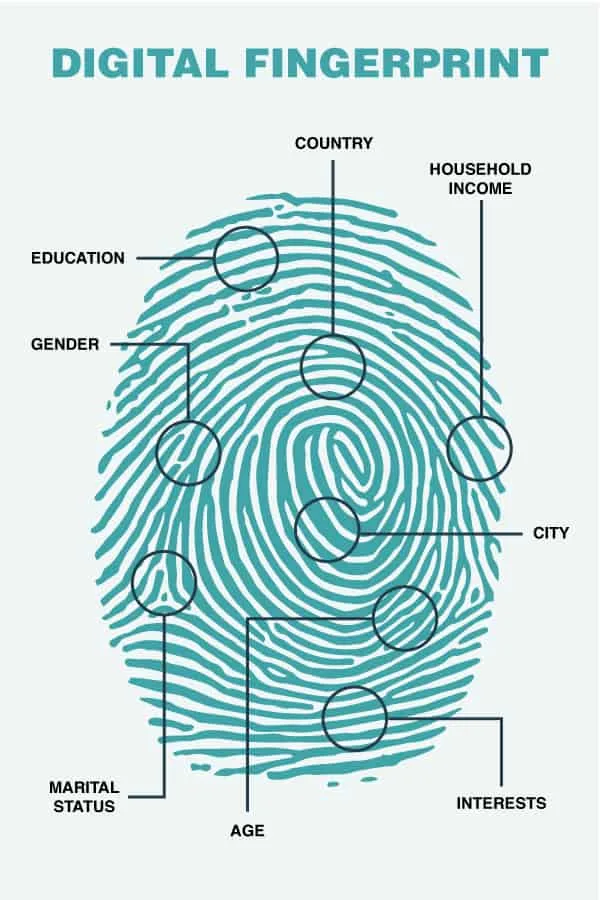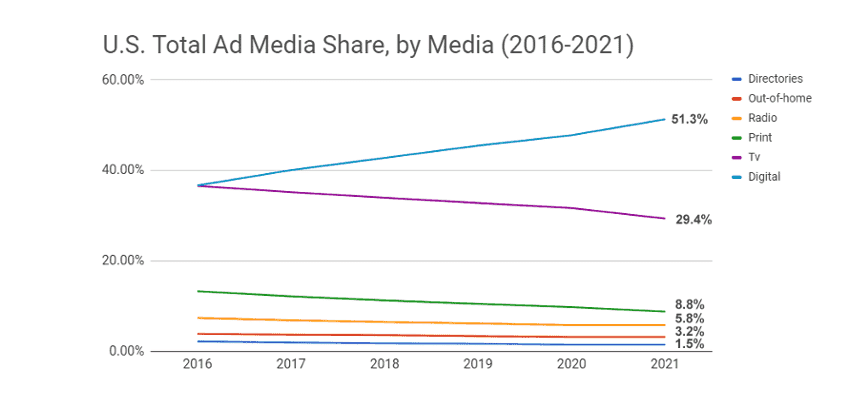Do I Choose The Ads On My Site?


One of the many perks of my job at Mediavine is traveling around the country to speak with publishers in the worlds of travel, finance, DIY, food and many others.
Perhaps the most common question I hear from prospective publishers at conferences and events is if publishers get to choose the ads that appear on their sites.

This is certainly a valid question, and one without a short answer. You can’t hand-pick all ads, but you can take steps to ensure the highest quality and performance.
Sure, earning money from ads to support the content you create is a good thing. No one disputes that, especially your ad management provider.
On the flip side, however, no one likes the idea of creating beautiful content only to have low-quality, irrelevant ads appear next to it.
How do you balance the need to monetize content with the importance of maintaining a website’s aesthetic appeal, its integrity and its audience?
Mediavine understands this predicament and built its programmatic ad strategy to provide a quality, safe and personalized experience tailored to each user.

As you’ve heard us talk about many times before, ad quality is paramount at Mediavine. Each publisher can personalize their user’s ad experience by opting out of certain categories of ads that the publisher feels does not fit their content.
Since these filters are not perfect, we further cement our dedication to ad quality with Mediavine Ad Reporter, a tool that allows any user to report a bad ad, giving the Mediavine team instant feedback about the bad ad, with all the details needed to block it.
That’s just for ads you don’t see. Below, we’ll break down some of the technology we have in place that controls and influences the types of ads you will see.
There are billions of people online at any given time in this world. Programmatic technology allows advertising to reach as few or as many of them as they want, and without having to choose specific placement decisions on a site or group of sites.
Technology allows advertisers to reach millions of targeted individuals using demographics, geography, interests, behaviors, and devices, with truly unique ad experiences based on the person sitting in front of the computer, phone, or tablet.

Anytime people surf the Internet, various websites are dropping bits of data onto their devices called “cookies,” resulting in a digital fingerprint that allows advertisers to reach consumers in micro-targeting, 1-to-1 fashion, increasing their return on investment.
Let’s look at a very specific scenario from an advertiser’s perspective:
Let’s say you own a company that sells scuba equipment online, and are looking to advertise to the consumers most likely to purchase this specialized gear.
Your target presumably lives near an ocean, has a higher than average household income, is well educated, and (ideally) has shown interest in scuba diving.
By combining users’ online browsing habits with their geolocation, an advertiser can pinpoint a user many times more likely to purchase their products.
Had they merely taken a site-specific strategy or one based solely on geolocation, they would be far less effective. Merging the two components is the key.

Utilizing our relationships with all the major SSPs in the digital advertising space, we use Real Time Bidding (RTB) to ensure that for each individual user on your site, and every ad unit on every pageview, advertisers are competing in a real-time auction.
For the Mediavine publisher, this means advertisers are reaching your users in a way that print, radio, and TV strategies cannot. It’s no shock that digital advertising spending is far outpacing print, radio and TV, a trend that should only continue going forward.

Programmatic advertising, particularly when optimized for quality control, is the definition of a win-win situation for the advertiser and Mediavine publisher.
Each user is getting a family friendly, one-of-a-kind advertising experience tailored to their interests and location, and at top dollar to the publisher.
Stay up to date with the latest from Mediavine
As the digital advertising landscape evolves, the need for effective data management and compliance has never been more critical. As part of our commitment to providing exceptional solutions for our …
Welcome to the much-anticipated release of the fifth-annual edition of “The Best eCPM Days of the Year” calendar. Each year, we analyze historical trends to provide publishers with a graphical …
“Let’s talk about politics.” We know. This is a phrase absolutely no one wants to hear uttered around the dinner table or backyard barbecue these days. But hear us out. …